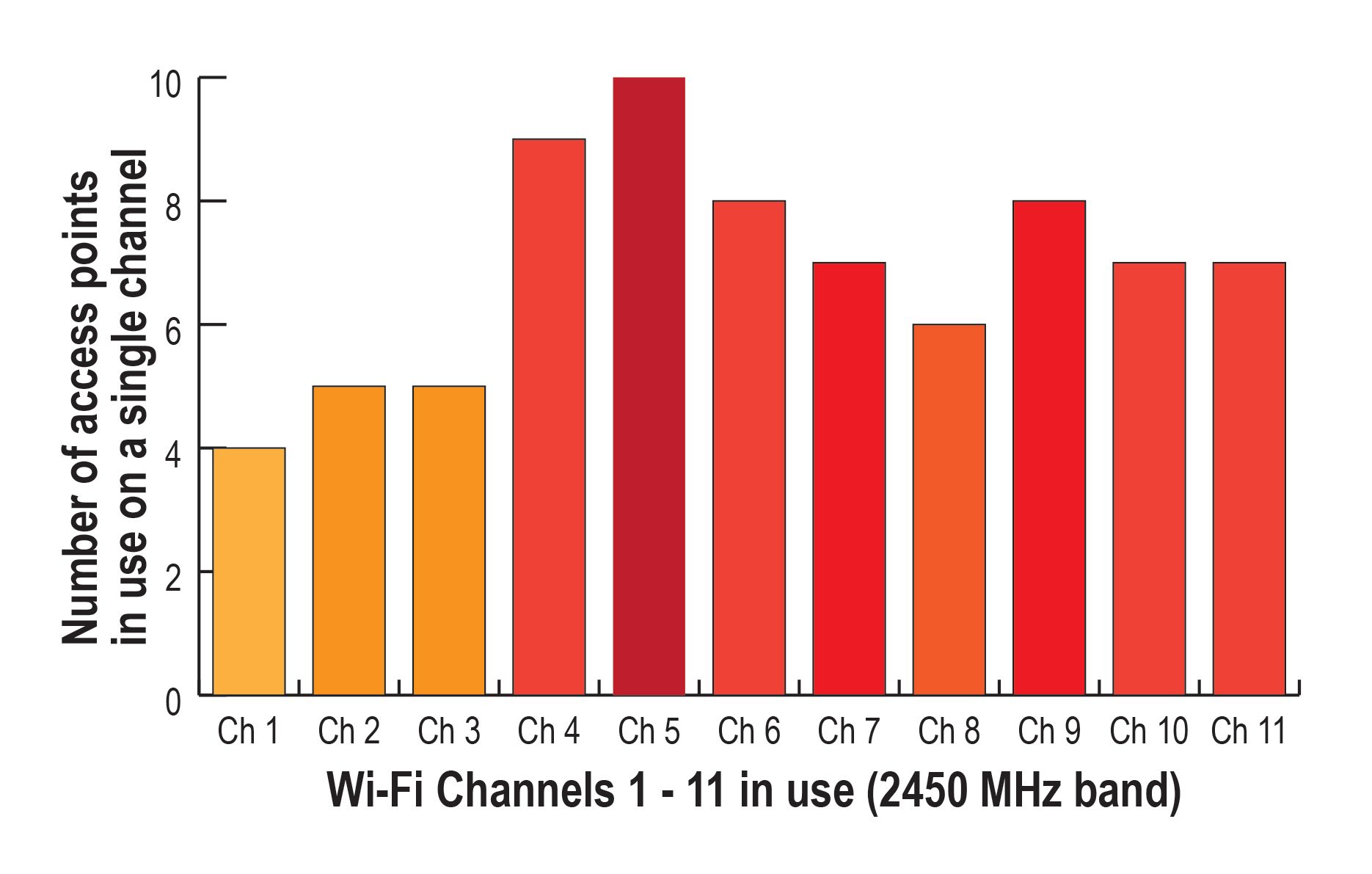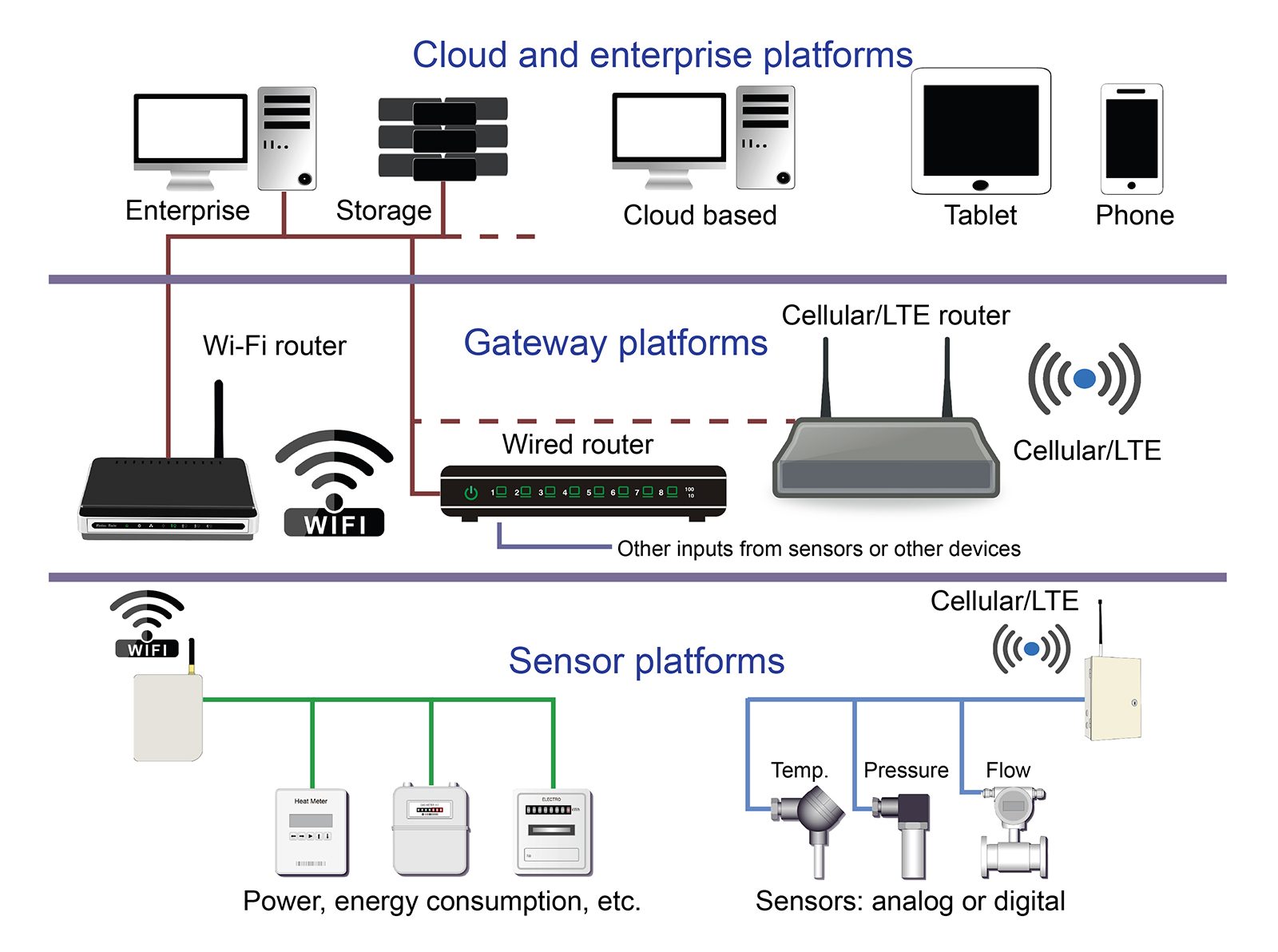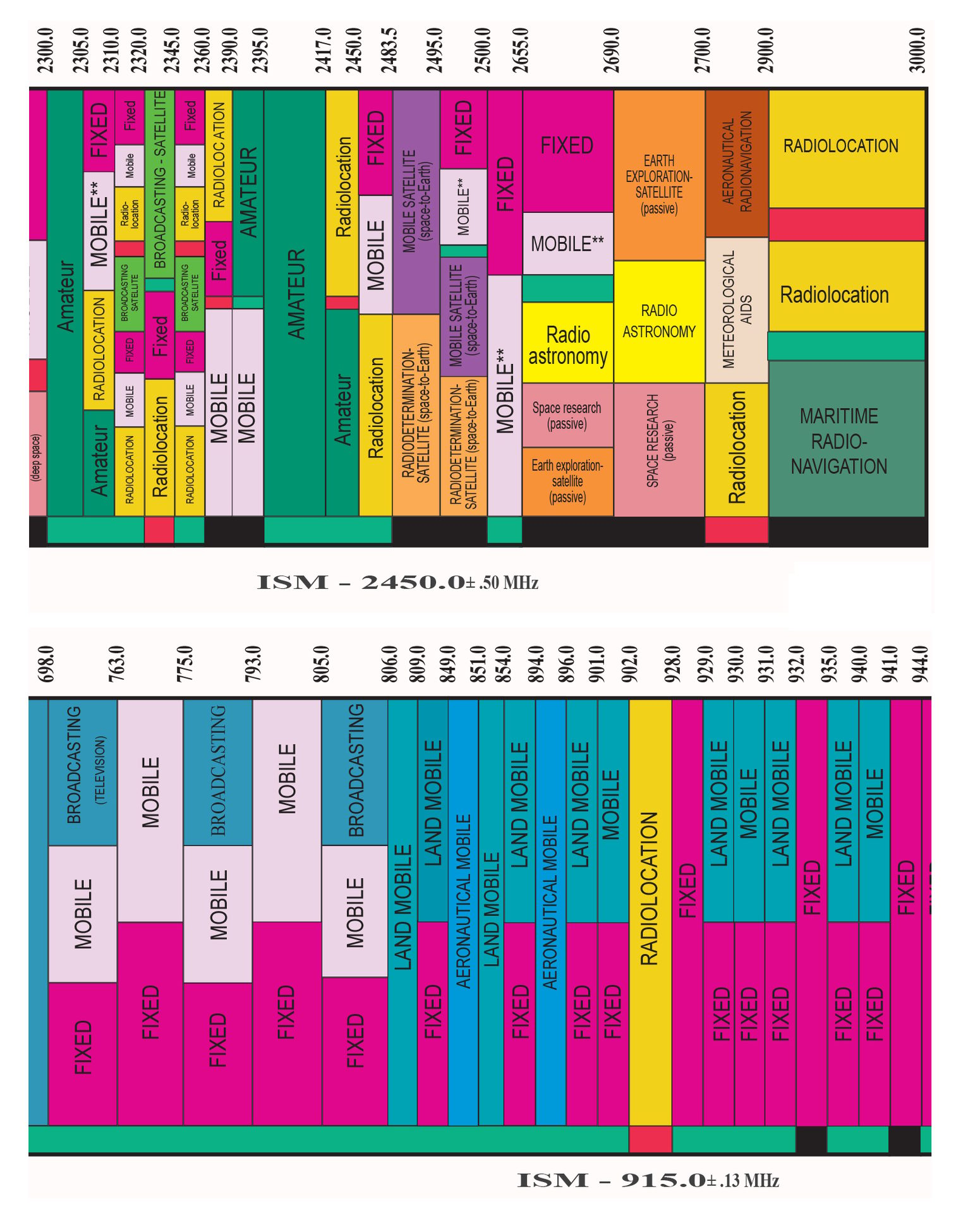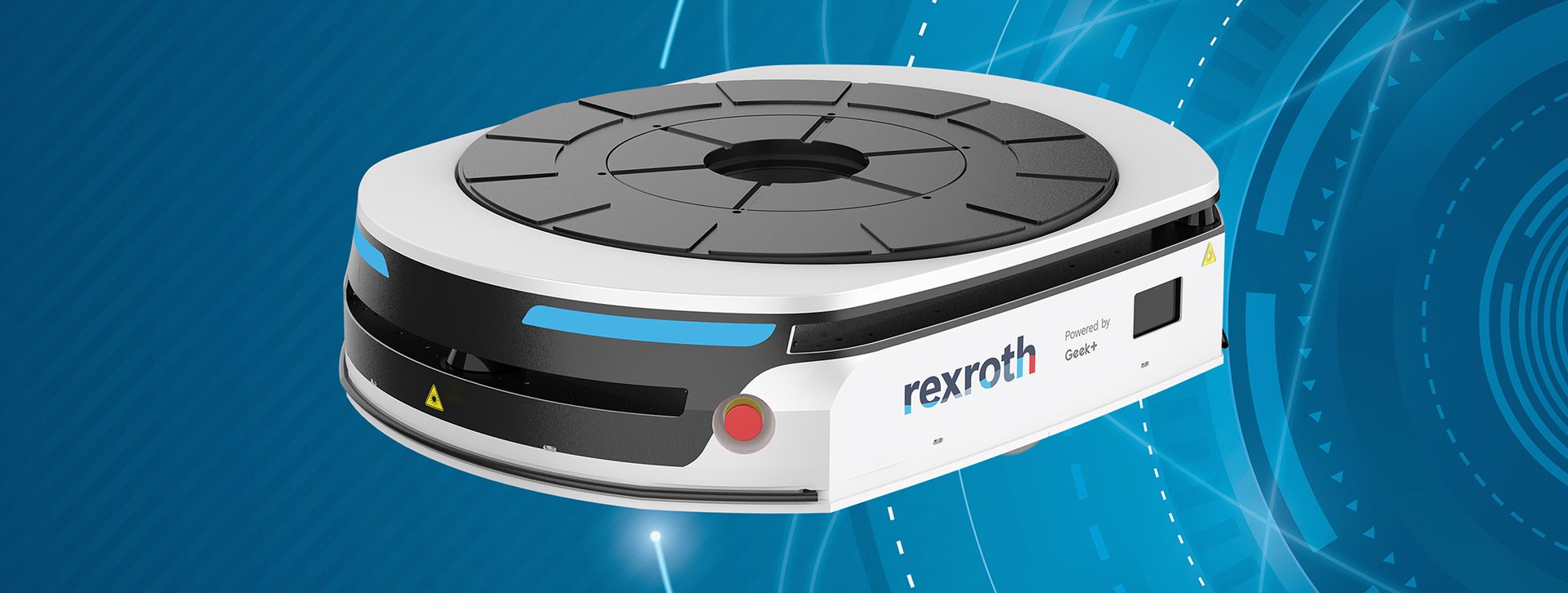SEPTEMBER 2022
for Today’s IIoT Systems
Consider Cellular Wireless Networks
With today’s crowded Wi-Fi bands, cellular may offer a real advantage.
There have been many changes since I was a wireless engineer (still hold a commercial FCC license), and those changes have brought about new radio-based sensing/control systems, greatly expanding Industry 4.0 and IIoT opportunities. Since the FCC came into being in 1934, there are two operational choices for wireless communications in the U.S.: FCC licensed and license-free. Licensed operation includes, for example, commercial broadcasting, cellular/LTE services, aeronautical, ship-to-shore, emergency (public) services, amateur radio and SCADA (typically used by electric and water utilities). Unlicensed operation includes, e.g., citizens’ band radio (27 MHz/11 meters) and ISM (industrial, scientific and medical)) channels—and Wi-Fi and Bluetooth.
What’s the main difference between licensed and license-free operation? Licensed operation (like cellular 4G and 5G) means the channels are protected from overuse by the government. With unlicensed operation (e.g., Wi-Fi and Bluetooth channels), anyone can use any number of radio transmitters anywhere to relay data—or whatever—voice, video, machine data, etc., leading to interference and decreased usability.
For example, when license-free citizens band (CB) two-way radios came out decades ago before cellphones, many small businesses—which found it difficult to afford commercial, licensed two-way radio systems—opted to install CB radios in their vehicles and offices. After all, the price ratio between licensed commercial radio and CB radio was about 5:1 or more per transceiver. In a few short years, the CB radio system with its original 23 channels became so jammed with traffic and interference—much of it from regular home owners, hobbyists and truckers—that it became useless as a service for small businesses. In these pre-cellphone days, their choice was expensive: apply for a licensed point-to-point business radio system or get on a licensed—but shared—community repeater system.
Wayne Labs, senior Contributing Technical editor
LTE is available in 4G and 5G cellular laptops and provides data connections where Wi-Fi simply doesn’t exist, making it possible to check your machines in the plant from wherever you happen to be. Main image by Karolina Grabowska from Pixabay; Screen inset by Wayne Labs
If you’re adding Wi-Fi in your plant, you may want to use a simple app on your phone or tablet to show which Wi-Fi channels are in use and how many routers/access points are transmitting on the same channel. Some programs will actually approximate the distance to these points. This info can help you decide what channels to use. If the 2450 MHz band looks like this, you may want to consider the 5 GHz band if you have line-of-sight to your router. Image courtesy Wayne Labs
Today, cellular systems LTE (long term evolution) or 4th and 5th generation (4G and 5G) do a lot of heavy lifting for us. They serve for both personal and business communications. As smartphones they’ve replaced paper roadmaps and provide email. Phones, tablets and laptops equipped with cellular communications also provide remote human interfaces to industrial processes, relay process and maintenance data—and cellular radio modules can replace the old SCADA networks that used to serve the utilities. Cellular technology also can relay to the cloud and enterprise networks sensor data acquired by wireless gateways such as Bluetooth, Wi-Fi or proprietary mesh networks and/or ISM band devices. Today, cellular/LTE based sensors allow the tracking of vital parameters of food cargoes in the supply chain (e.g., trucks, rail) where license-free systems have no coverage.

We take cellular services for granted. They’re ubiquitous, secure, versatile, capable of multi-band operation and can track/pinpoint a single device anywhere in the world. Most importantly, cellular-based systems are licensed, so they just work—and the FCC and mobile carriers (e.g., Verizon, AT&T, etc.) work together to make sure that your cellphone and cellular-based IIoT equipment work without interference.
Wi-Fi and Bottlenecks
Unless you’re in the middle of nowhere, Wi-Fi is congested (especially the 2.4 GHz band). In my community of 199 two-story condos, when I stepped out the door onto my patio, using the “WiFiAnalyzer” app on my tablet, I found 76 access points spread across 11 channels in the 2.4 GHZ band. The app flashed a pop-up note: “Best channels: None, try alternative Wi-Fi Band 5 GHz.” OK, I confess to having four of these 2.4 GHz access points and one 5 GHz access point. If you’ve ever wondered why your Wi-Fi is slow, it may be caused by co-channel interference from your neighbors’ routers/access points. With this type of interference, the transceivers will try more often to get your data through—thus slowing down your maximum effective data transfer rate.
To improve Wi-Fi performance, the Wi-Fi Alliance has upped the ante in its Wi-Fi Certified 6 and 6E extensions, which operate at 6 GHz and have increased performance while being less susceptible to interference. According to Wi-Fi Alliance, more than 2.3 billion Wi-Fi 6 products and 350 million Wi-Fi 6E products are expected to enter the market in 2022, and more than 15% of all Wi-Fi 6 shipments will also be Wi-Fi 6E this year. Wi-Fi 6, aka IEEE 802.11ac, in theory supports maximum speeds of 1.3 Gb/s, though real-world tests show speeds of 250 to 300 Mb/s on smartphone antenna configurations, according to Trusted Reviews (www. trustedreviews.com).
Plants networks today can use both Wi-Fi, cellular/LTE and wired routers to bring sensor data to the enterprise and the cloud. Since there can be overlaps in data transfer options, engineers need to consider carefully how data flows in the entire network to maximize security. Source: Wayne Labs
One point to keep in mind: There are tradeoffs in choice of frequency for any radio system. Generally speaking, the higher the operating frequency, the higher the throughput and the shorter the range—and a poorer ability for a signal to penetrate walls and go around large industrial equipment. However, higher frequencies tend to be less susceptible to industrial and atmospheric noise.
Sensor and automation companies like Omega Engineering have anticipated communication issues and often provide the user with a choice of as many as three gateway methods for getting wireless sensor information to the cloud or internal enterprise networks. All gateways accept radio signals from a sensor network and connect to the enterprise or cloud either through wired Ethernet, Wi-Fi or a wireless LTE cellular gateway. Careful planning will be needed for creating effective IIoT networks.

Lower Frequencies for Sensors, Better Range
Rather than putting wireless sensors on the 2450 MHz ISM band, which is shared with busy Wi-Fi channels, Omega Engineering chose the less crowded 915 MHz ISM band. “The wireless aspect of our solution is specific to the sensors communicating with the gateway on a sub-gigahertz frequency, approximately 915 MHz,” says Kevin Goohs, director of IIoT strategy & implementation. “The data being pushed to the cloud happens through your network connection to the internet or can happen through cellular communication to the internet. If there are power outages that impact the network communications, an LTE gateway with battery back-up can be relied upon to never lose data transmission to the cloud.”
With the lower 915 MHz frequency operation plus frequency-hopping spread spectrum technology, users can expect robust sensor communication of up to 1.2 km between sensor and wireless gateway. Goohs says for those needing extra range, instead of powering a sensor with standard AA batteries, a standard external 5V USB power supply can extend the range to 3.2 km. “With regard to remote monitoring from the gateway, if no Ethernet cable is available, then of course a cellular/LTE communication to the cloud is feasible. So, when considering the long-range capabilities of this system, the use of a long-range cellular antenna with signal booster may be warranted.”
You can see in this image excerpted from a large wall chart how much more crowded the 2450 MHz ISM band (above) is compared to the 915 MHz band (below); in fact, the 2450 MHz ISM band is parked right in the middle of Wi-Fi channels. Source: National Telecommunications and Information Administration

Mesh networks also represent a viable solution for a sensor network, but users need to realize that while effective, this topology will be more expensive, says Goohs. Generally, the power requirements are higher because all nodes must remain active, and there is a risk of redundancy. An alternative would be a multi-gateway installation to increase coverage.
Why Cellular for Sensors or Gateways?
As Goohs suggests, any of the three gateway solutions (wired, Wi-Fi or cellular/LTE) are effective in getting sensor data to the cloud or enterprise system, however, there are a couple of not-so-obvious reasons to opt for cellular. “When choosing a cellular gateway, this is specifically for circumnavigating the IT department of your facility in order to isolate the internal network from the cloud or to fast-track an installation. The other need for LTE is in remote monitoring applications where an Ethernet drop for your gateway is not available.”
Cellular LTE offers other advantages. “To me it is the time it takes to go live in an environment and the value of the monitoring being conducted,” explains Goohs. “LTE is relatively cheap, and the amount of data being transmitted is low enough that monthly charges tend to be insignificant; however, there is always the risk of your LTE subscription lapsing unexpectedly. There are no risk-free solutions.”

SENSERT is a remote, cloud-based sensor monitoring and alert system. A variety of sensors, such as temperature, humidity, vibration, and pressure, can be hardwired directly to the SENSERT Base Unit, which can communicate with local Wi-Fi systems or with an option for cellular communications. Photo courtesy of SENSERT
Why Not Cellular For an Entire Manufacturing Campus?
Given the fact that food and beverage production is highly regulated and requires strict quality assurance—thus close process monitoring—sensing and automation is playing a greater role, says Tom Richter, Nokia head of process manufacturing, digital industries sales.
“Therefore, a high-performance, reliable communication platform, which can be used in a universal manner for multiple use cases and which can scale while being future proof, is the quest of the industry,” Richter adds .
An industrial-grade private 4G/5G campus network that’s tailored to fulfill those business and mission critical requirements is the foundation for delivering on the Industry 4.0 promise. Richter points out that Nokia has several examples where food and beverage companies have deployed private cellular LTE wireless networks for their campus. One is with British Sugar, who with Virgin Media O2 serving as the carrier, implemented a 4G network for its sugar facilities in the UK.

British Sugar is implementing 4G and 5G LTE devices instead of Wi-Fi as it builds out modern AI and IIoT capabilities of its controls and monitoring system. Photo courtesy of Nokia
Switched on this year, the custom-built private 4G network has been created to give British Sugar the reliable, speedy and secure connectivity it needs to implement next-generation manufacturing techniques at all four of its sites, spanning three counties. The network will connect multiple IoT (Internet of Things) devices, which means British Sugar will be able to modernize its production process, introducing innovations like artificial intelligence (AI), automated production lines, robotics and drones. This will help increase productivity, boost efficiency and also improve health and safety on site.
British Sugar is creating four “factory of the future” sites, automating the manufacturing process for sugar and other co-products. Part of this system will rely on AI to monitor operations in real time and predict maintenance and potential downtime. This reduces disruption, cuts down on wastage and can deliver cost and energy savings—helping avoid unnecessary emissions. Using a 4G private network also makes for increased security and control, and enables seamless, high-bandwidth connectivity in a complex factory setting where introducing Wi-Fi is challenging (due to a highly metallic factory environment with a requirement for both indoor and outdoor coverage).
The private cellular network is part of a major smart upgrade to British Sugar’s factories delivered through a seven-year partnership with Virgin Media O2 Business—which has brought in Nokia as a strategic partner on the project. The new LTE network has been designed to be future-ready and easily upgradable to 5G where necessary, as British Sugar looks to introduce more complex processes that will benefit from the higher speeds and lower latency of 5G. This includes robotics to streamline production even further, automated (driverless) ground vehicles, and connected drones that can cover a large area and can monitor tall structures such as silos and lime kilns remotely and safely.
Licensed radio equipment has always had a higher price tag associated with it, but when interference does happen, you’ve got companies and the government who will go to bat for you in fixing a problem.
“We have been very pleased to work with Virgin Media O2 Business to install and launch our private mobile networks—the first of which is now live at our Wissington site in Norfolk,” says Paul Hitchcock, head of factory organization at British Sugar. “This work will help us progress in our ‘Factories of the Future’ project, using the latest technology to ensure that our sites are operating as efficiently as possible.”
The 4G private network is now operational at British Sugar’s Wissington site in Norfolk, and benefits are already being realized, says Nick Smalley, program manager at British Sugar. “During testing we were encouraged by the early results seen and as we have begun to roll out the targeted priority use cases to our users, they have been quick to feed back the time savings they have seen—with new plant commissioning, plant testing and day-to-day diagnostic processes being highlighted in particular.”
Extending Cellular Technology’s Reach and Solving a Perplexing Billing Issue
As we’ve seen, cellular/LTE technology provides real solutions for British Sugar, and a big reason for its success is the partnering with a single cellular service carrier, Virgin Media O2, which has coverage over all the counties where British Sugar operates.
In the U.S. where there are half a dozen or more cellular/LTE carriers, implementing cellular/LTE solutions can get tricky for some applications where more than one carrier’s coverage area may be necessary to keep data flowing. What arrangements can be made in terms of system access and billing to ensure continuous data coverage no matter the location?
What are real-world situations that operators could face with just a single cell network provider (carrier) in terms of coverage issues? Think logistics where track and trace is a vital necessity in meeting FDA regulations. Always on the move, a truck/trailer has a cellular radio-based data acquisition system (DAS) that provides ongoing trailer environmental conditions like temperature and humidity—along with geo positioning—and also shows stops made along the route with time stamps—including when the trailer doors were opened and by whom.
Another application is related to agricultural condition monitoring using radio-based sensors, for example a farm with thousands of acres of grain to be planted and harvested or a vineyard that occupies a hilly terrain where coverage from one cell carrier is available on one side of a hill and another carrier on the other side. How can you get seamless coverage and a single billing statement?
In a Google search, I happened on a solution provided by Hologram, a recent startup founded by a couple of radio guys who were interested in making the operation of cellular/LTE radio totally transparent to the end user as a radio-based DAS traverses multiple cell carriers’ coverage areas. Hologram has figured how to allow a device to use several cell providers—instead of one—and create a single billing statement so end users are guaranteed no loss of coverage—either due to radio “dead spots” or because a user is signed up only to use another carrier. With critical data, no one wants to see a “No Service” pop-up notice.
Hologram solves the problem of operating transparently from one cell carrier to another by providing a single SIM card to equipment makers so end users have a plug-and-play experience wherever they operate. Diagram courtesy Hologram Inc.

I talked to Pat Wilbur, CTO and cofounder, to get a grasp of how this works. According to Wilbur, if you’re providing a cellular radio to transmit sensor data over a wide area of cell providers, Hologram creates a single SIM (subscriber identity module) card that will ensure the radio works with carriers in the area and provides a single billing for coverage over all carriers’ territories. The end user sees transparency in operation and a single bill for service.
“One of the interesting things that cellular can afford is it can give you your own network, your own virtual network that extends to wherever the product travels,” says Wilbur. “And even if you’re in someone else’s building, you’re on someone else’s property, you’re not on their network. So, you don’t have to trust their network and their network doesn’t have to trust you. So, our customers really have the feel of having their own virtual cellular network, as if it was their own, even though they’re leveraging the shared infrastructure of carriers along the way.”
So how does the billing side of it work for the cellular radio manufacturer and the end user? “We partner with a variety of different carriers,” says Wilbur. “We basically act as a single partner that a customer can utilize, integrate with from a technical perspective, and they can use our dashboard or API’s to ‘embed us’ into their product.”
Wilbur says that the radio manufacturer only needs to build one integration, one partnership, one bill, one SIM card; they don’t have to manage multiple SIM cards and make sense of it all. The manufacturer can ship the radio anywhere in the world. When the end user powers up that product, it will have a connection available regardless of location. Wilbur says it has a SIM card that can connect to more than 470 networks in 200 countries.

Wi-Fi helps robot communicate with the plant. Using Bosch Rexroth’s ROKIT Locator Software, the MP1000R robot is able to navigate autonomously in highly dynamic environments without additional infrastructure. The robot has minimal IT requirements and can easily interface with existing systems, communicating with Wi-Fi-based plant systems. Photo courtesy of Bosch Rexroth
For example, Fasal is a manufacturer of smart farming equipment and makes cellular radio-based agricultural monitoring systems. In rural areas in India, cell companies abound, making it difficult for a wireless device manufacturer to plan on SIM cards and configurations. Fasal partnered with Hologram to create a single SIM card per piece of monitoring equipment, simplifying configuration for farmers who are using the equipment. The resultant configuration means no complicated contracts, no tech support and constant connectivity.
Conclusion
I suggested early on that in radio systems used for sending key data you get what you pay for. Depending upon your location and application, unlicensed radio operation for sensor networks (whether point-to-point or mesh networks) and gateways to wired enterprise networks and the cloud may work out fine. Wi-Fi networks can be made to have extended range and be relatively secure, but if you have a large campus in more or less suburban areas, unlicensed radio equipment may not work out as British Sugar discovered. Licensed radio equipment has always had a higher price tag associated with it, but when interference does happen, you’ve got companies and the government who will go to bat for you in fixing a problem. With unlicensed equipment—as with Wi-Fi in my neighborhood—all bets are off. Who’re you going to call for tech support? FE
SEPTEMBER 2022

